People often criticize AI tested in “toy cases,” or datasets that may have limited significance in the real world. With COVID-19, that’s no longer the case.
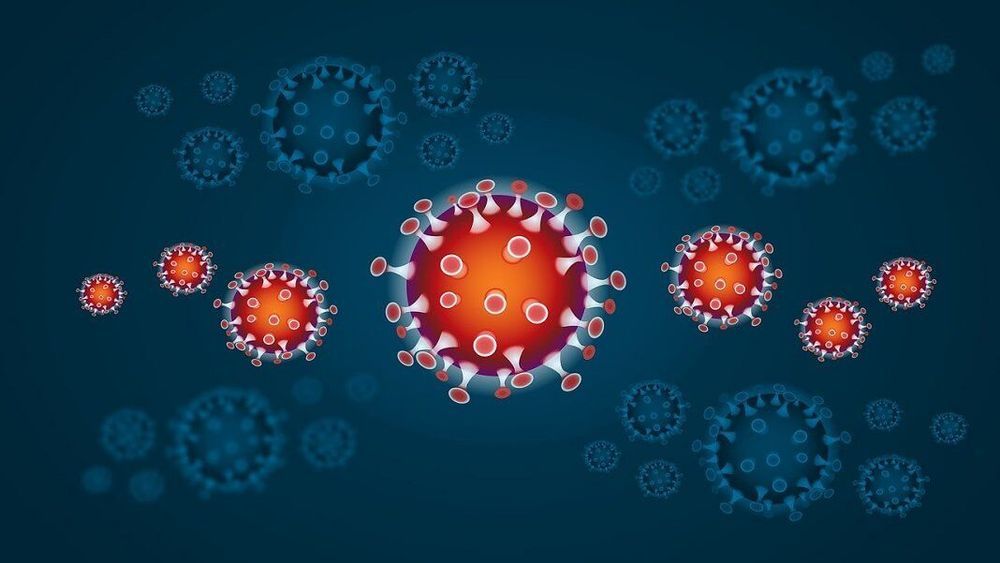


As the use of intelligence proliferate in everyday products, there have been many attempts to make it easy to understand. A Google AI explainer…
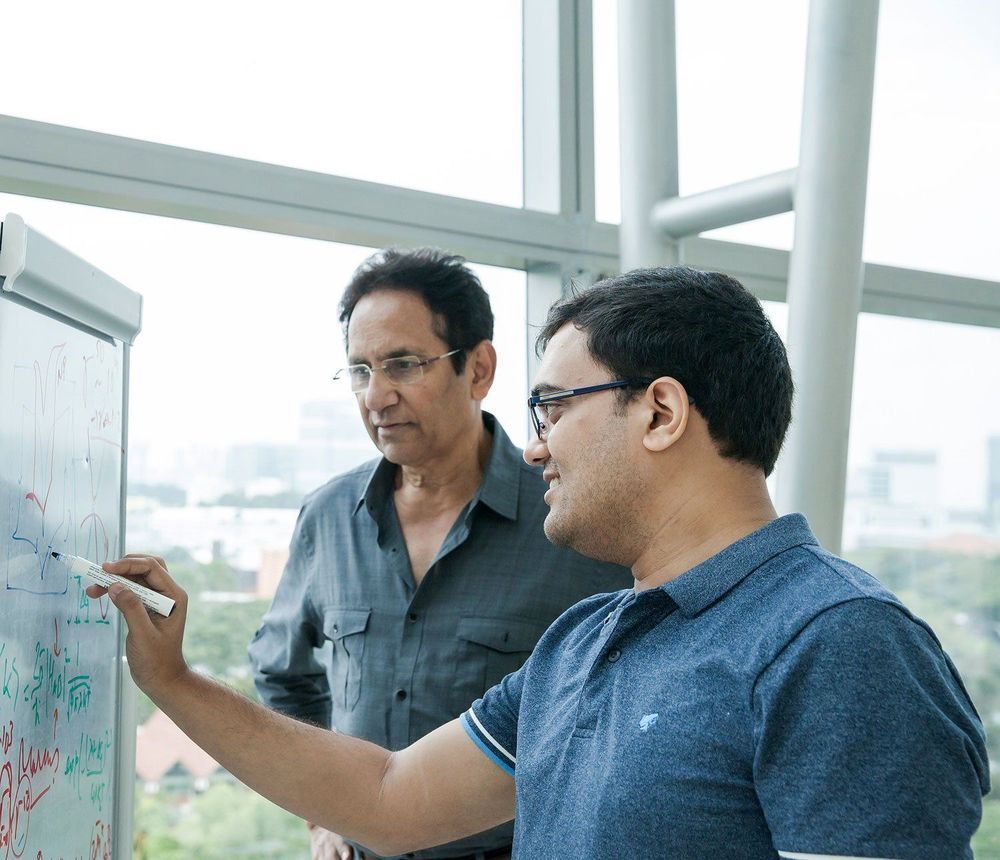
Over the last decade, artificial intelligence (AI) and its applications such as machine learning have gained pace to revolutionize many industries. As the world gathers more data, the computing power of hardware systems needs to grow in tandem. Unfortunately, we are facing a future where we will not be able to generate enough energy to power our computational needs.
“We hear a lot of predictions about AI ushering in the fourth industrial revolution. It is important for us to understand that the computing platforms of today will not be able to sustain at-scale implementations of AI algorithms on massive datasets. It is clear that we will have to rethink our approaches to computation on all levels: materials, devices and architecture. We are proud to present an update on two fronts in this work: materials and devices. Fundamentally, the devices we are demonstrating are a million times more power efficient than what exists today,” shared Professor Thirumalai Venky Venkatesan, the lead Principal Investigator of this project who is from the National University of Singapore (NUS).
In a paper published in Nature Nanotechnology on 23 March 2020, the researchers from the NUS Nanoscience and Nanotechnology Initiative (NUSNNI) reported the invention of a nanoscale device based on a unique material platform that can achieve optimal digital in-memory computing while being extremely energy efficient. The invention is also highly reproducable and durable, unlike conventional organic electronic devices.
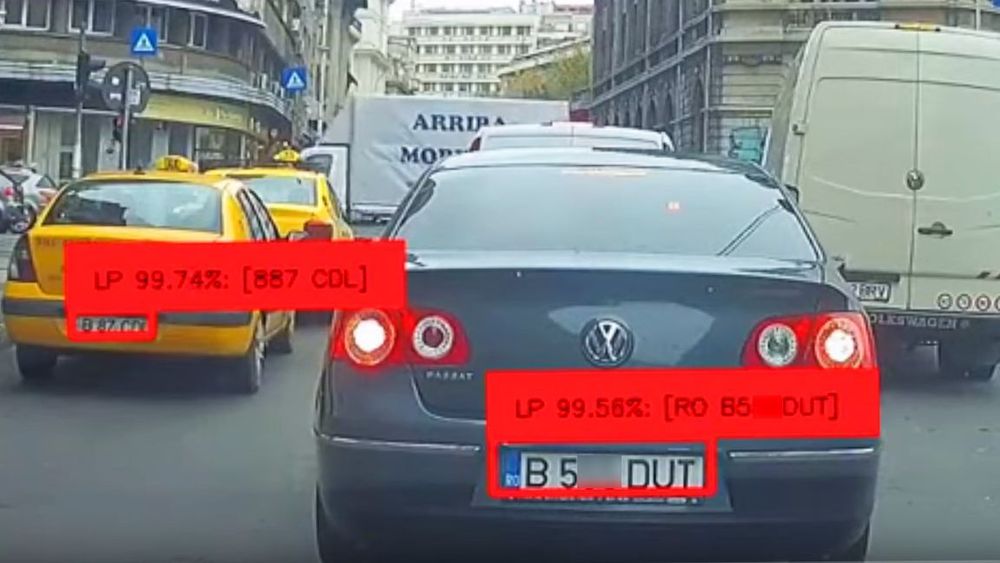
When you’re a software and hardware engineer sometimes you need a little challenge. Engineer Robert Lucian Chiriac’s latest Raspberry Pi creation can detect license plates and read the characters with fairly decent accuracy. This is an involved project that relies on machine learning to properly interpret images from the camera into discernible text.
The primary license plate reading function is constructed using three separate applications (there are more used throughout the project, but these three are critical). Chiriac used the YOLOv3 object detection algorithm to create a bounding box around each license plate it detects from the camera input. The image within the bounding box is sent to CRAFT, a text detecting application. Once the location for each character in the plate has been identified, the information is passed along to CRNN to predict the actual text.
Chiriac mounted the Raspberry Pi, GPS module, 4G module and Pi camera to his car’s rear-view mirror with a 3D-printed unit he designed. The Pi camera is even adjustable with a ball-joint swivel mount.
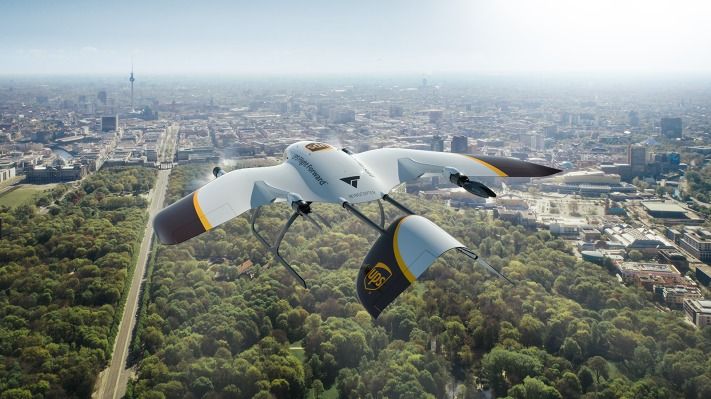
UPS is working with German startup Wingcopter to develop a new type of delivery drone, to be used for the logistics company’s growing commercial drone delivery efforts both in the U.S. and globally. Wingcopter has already designed an electric vertical takeoff and landing (eVTOL) aircraft that has a range of up to 75 miles and can achieve speeds as high as 150 miles per hour in conditions that include wind speeds of up to 45 miles per hour.
Wingcopter will be working closely with UPS’ Flight Forward subsidiary, the dedicated drone delivery unit that UPS developed last year in July to house its commercial drone delivery program. In October, Flight Forward received Federal Aviation Administration (FAA) approval to effectively operate a full-scale “drone airline” at scale for the purpose of package delivery.
Wingcopter has already demonstrated how its drones could operate in commercial settings, including during a demonstration with Merck earlier this year that saw its autonomous eVTOLs carry small packages between the drug company’s various office locations in Darmstadt in Germany. It also used its aircraft to deliver critical medical supplies and life-saving equipment to hard to reach areas, including through partnerships with UNICEF and other relief organizations.
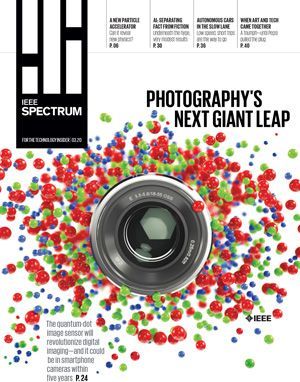

“We should plan ahead,” warned physicist Stephen Hawking who died last March, 2018, and was buried next to Isaac Newton. “If a superior alien civilization sent us a text message saying, ‘We’ll arrive in a few decades,’ would we just reply, ‘OK, call us when you get here, we’ll leave the lights on’? Probably not, but this is more or less what has happened with AI.”
The memorial stone placed on top of Hawking’s grave included his most famous equation describing the entropy of a black hole. “Here Lies What Was Mortal Of Stephen Hawking,” read the words on the stone, which included an image of a black hole.
“I regard the brain as a computer,” observed Hawking, “which will stop working when its components fail. There is no heaven or afterlife for broken down computers; that is a fairy story for people afraid of the dark.”
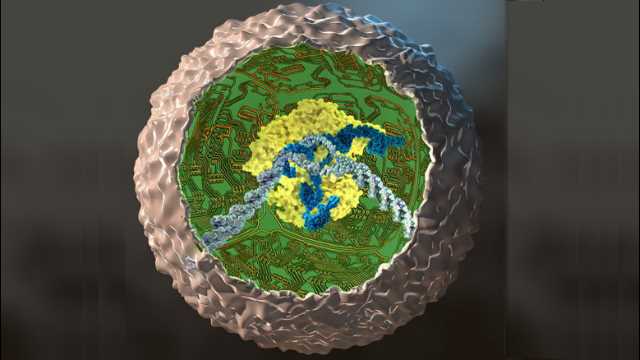
Using new gene-editing technology, researchers have rewired mouse stem cells to fight inflammation caused by arthritis and other chronic conditions. Such stem cells, known as SMART cells (Stem cells Modified for Autonomous Regenerative Therapy), develop into cartilage cells that produce a biologic anti-inflammatory drug that, ideally, will replace arthritic cartilage and simultaneously protect joints and other tissues from damage that occurs with chronic inflammation.
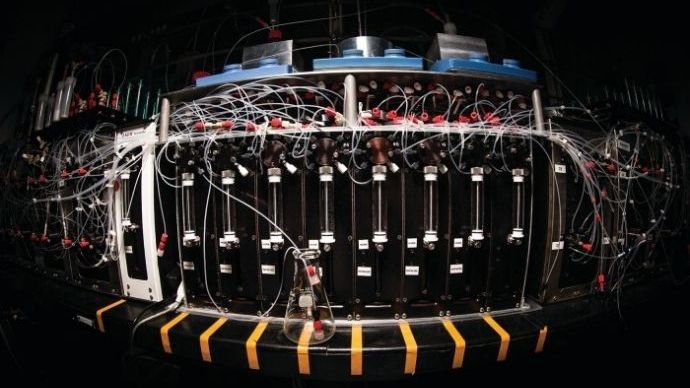
A new automated machine can synthesize a range of small organic molecules with the push of a button. The synthesizer uses a chemical method that pieces together molecules from modular building blocks. With this technique, the machine synthesized 14 classes of molecules, including some complicated ones with multiple rings.
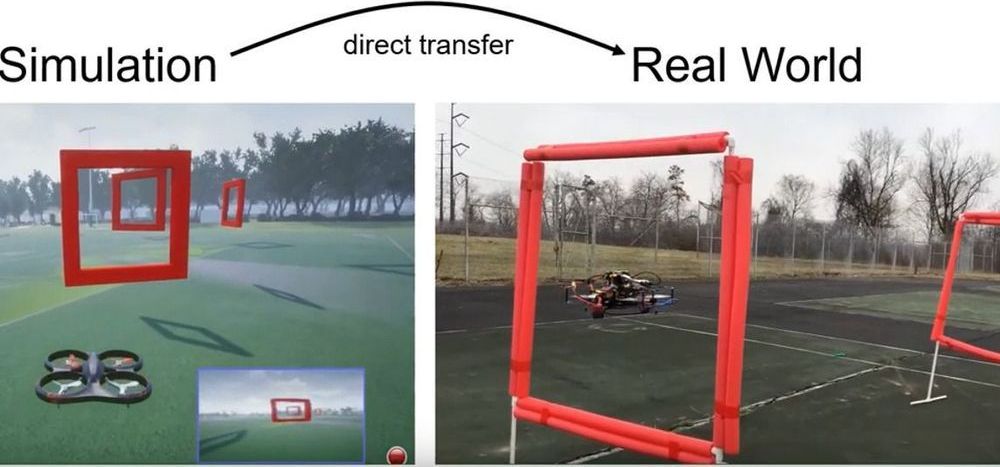
Perception-Action loops are at the core of most our daily life activities. Subconsciously, our brains use sensory inputs to trigger specific motor actions in real time and this becomes a continuous activity that in all sorts of activities from playing sports to watching TV. In the context of artificial intelligence(AI), perception-action loops are the cornerstone of autonomous systems such as self-driving vehicles. While disciplines such as imitation learning or reinforcement learning have certainly made progress in this area, the current generation of autonomous systems are still nowhere near human skill in making those decisions directly from visual data. Recently, AI researchers from Microsoft published a paper proposing a transfer learning method to learn perception-action policies from in a simulated environment and apply the knowledge to fly an autonomous drone.
The challenge of learning which actions to take based on sensory input is not so much related to theory as to practical implementations. In recent years, methods like reinforcement learning and imitation learning have shown tremendous promise in this area but they remain constrained by the need of large amounts of difficult-to-collect labeled real world data. Simulated data, on the other hand, is easy to generate, but generally does not render safe behaviors in diverse real-life scenarios. Being able to learn policies in simulated environments and extrapolate the knowledge to real world environments remains one of the main challenges of autonomous systems. To advance research in this area, the AI community has created many benchmarks for real world autonomous systems. One of the most challenging is known as first person view drone racing.
In first-person view(FPV) done racing, expert pilots are able to plan and control a quadrotor with high agility using a potentially noisy monocular camera feed, without comprising safety. The Microsoft Research team attempted to build an autonomous agent that can control a drone in FPV racing.